She is called the “Mother of Modern Iranian Astronomy” and for good reason: she was a cofounder of the first solar observatory in Iran and the first female professor of physics in the country. Her achievements become much more impressive once we learn that, besides being a woman in a patriarchal society, she also belonged to a religious and ethnic minority.
Alenush Terian was born in Tehran on November 9, 1920, to an Armenian family. Her father, Arto Terian, and mother, Varto Terian, were two famous faces in the city’s Armenian theater. Arto owned a drama workshop and had studied theater and acted in Moscow. Varto was a graduate of literature and rhetoric and became one of the first Iranian women to direct a play.
Her parents supported her choice of engaging in a different career path, Alenush said in an interview: "My parents had a very clear and modern mindset, and weren’t the type to prevent me from studying or impose a certain field of study on me. Since they were artists and I had some writing experience, they had hoped I would pursue a degree in literature. But when they found out that I wanted to study physics, they didn’t show any opposition, and always encouraged and supported me on this path."
Terian studied at the Armenian School in Tehran until her first year of high school, and then she enrolled at Anooshirvan Dadgar High School, which was reserved for Zoroastrians. Her high grades earned her a place at the University of Tehran to study physics. "When you start a course with a good teacher,” she said, “you are fascinated by it. I am fascinated by physics because I had very good teachers in that subject.”
At the same time, she told her father that she wanted to surprise people. "As a child, I saw and heard people say 'girls can't do math,' for instance, and that always annoyed me. I wanted to prove that it doesn't matter if you are a girl or a boy, that if a person has enough talent and perseverance, they can do anything. And I did prove it."
Terian graduated from the University of Tehran in 1947 with a bachelor's degree in physics, and soon afterward she was hired to work at the physics laboratory of the Faculty of Science at Tehran University.
Two years later Terian left for France to study atmospheric physics at the University of Paris. After seven years there she received her doctorate and returned to Iran. During her studies she met Irène Joliot-Curie, the daughter of Marie Curie, who was awarded two Nobel prizes. "Working in a laboratory with Marie Curie's daughter was a great honor for me, even for a short time," Terian said.
After returning to Iran, Terian taught astrophysics at Tehran University, a course that had not previously been offered there. At the time only astronomy was taught in Tehran, and only to scholars of mathematics. This was the first time a course in stellar physics had been offered to students in physics.
Some people later commented that her hasty return to Iran had been a bad move. "I wanted to serve my country,” she said in response. “In France I was invited to work before I had graduated, and in response to the French teacher who wanted to hire me, I said I had come to France to study only to better serve my own country.
“After returning to Iran, many people told me that I was stupid. But I knew it was my duty to return. I came back and I don’t regret it, because I was able to deliver good students to society, and this makes me happy."
In 1959, Tehran University was awarded additional funds by the federal government of West Germany. Since Terian was establishing a solar physics observatory there, she was offered a scholarship. Three years after moving to Germany, she became the first woman to become a professor of physics.
Terian introduced many of her students to astronomy, teaching them how to use telescopes and other observatory instruments.
Terian, who never married and had no children, was so enamored by the stellar objects that she told her students: "I have a daughter named the Moon and a son named the Sun." Many of her students recounted the anecdote during a special ceremony held for her in 2010.
On November 9 of that year, the Ararat Cultural and Sports Club of Tehran and the Hoor Translation and Research Institute organized a celebration on Terian’s 90th birthday. The brilliant scientist and many of her students attended the event, which was held in cooperation with Tehran Armenian Women's Charity Association.
Not long afterward, on March 5, 2011, Professor Alenush Terian died at the age of 89. In the last years of her life she dedicated all her property and assets to an endowment and lived in a nursing home.
visit the accountability section
In this section of Iran Wire, you can contact the officials and launch your campaign for various problems













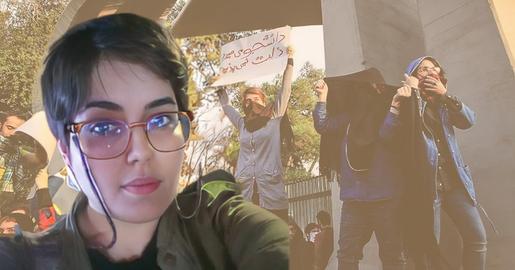





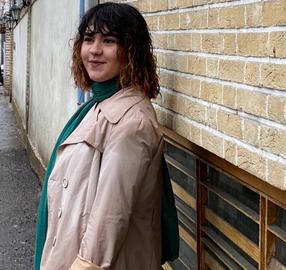
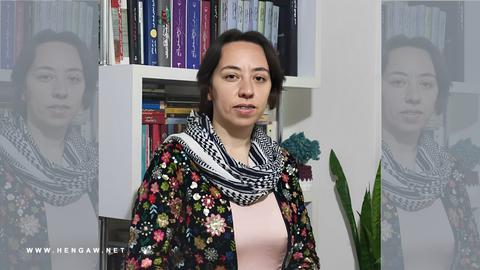


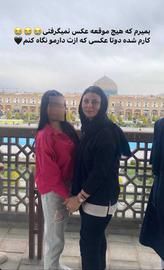


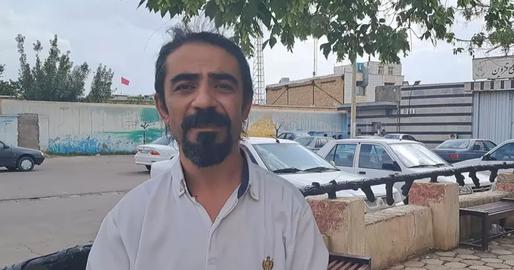
comments